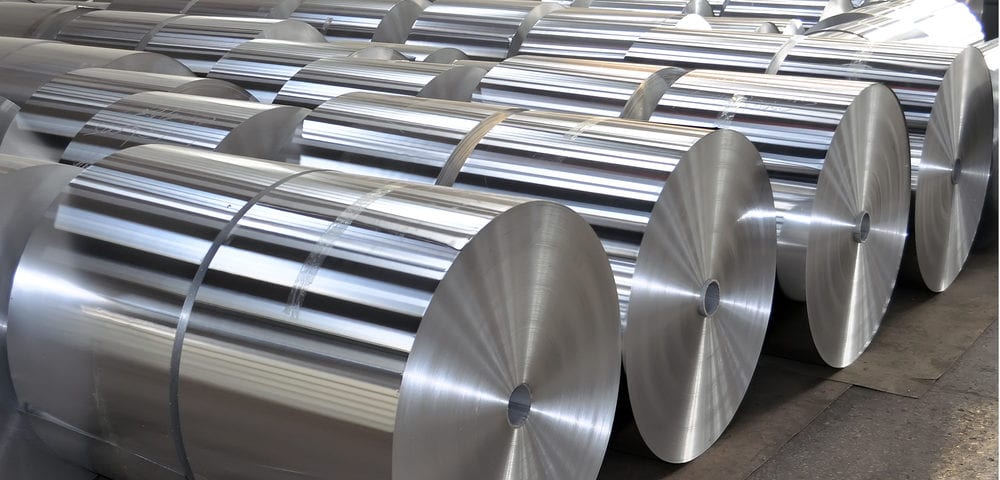All You Need to Know About Alloys, Part 1

Annealing Heat Treatment Process, Part 2
September 28, 2018
All You Need to Know About Alloys, Part 2
November 10, 2018When working with steel or any other type of common metal out there, one of the most frequent terms you’ll hear is the word “alloy.” Simply put, an alloy refers to a combination of a given metal with at least one other metal or nonmetal substance – together, the combination forms any solid solution, compound or mixture.
At Wasatch Steel, we can help with all your alloy-related needs and questions within our steel services. Many people, even those who work regularly with steel bar and other metal materials, don’t actually realize how common and meaningful alloys are within this world. In part one of this two-part blog series, we’ll go over the basic purposes of alloys, some simple and complex examples. In part two, we’ll look at some of the wide variety of alloying elements that are out there, the various purposes they serve, and which underlying base metals they’re best for.
Alloy Purpose
There are several different reasons why alloys are used in metal, but the overlying purpose remains the same: To enhance the mechanical or chemical properties of the metal. Numerous different alloying elements, when mixed with various metals, can improve several properties, from hardness and strength to machinability, rust and corrosion resistance, and more.
Alloy Creation Process
The creation of an alloy requires a combining of multiple different compounds, and this can be done in a few different ways. The most common of these is a melting process, which involves heating the two or more elements up to melting temperature, then mixing them together while they’re in liquid form. From here, the elements are re-combined and then allowed to solidify and harden at room temperature.
Simple and Complex Alloys
Alloys are more common than you might think – in fact, they’re one of the only true mainstays in the metal industry. Think of a material like mild steel, which might be the single most commonly used metal used in the massive fabrication industry; mild steel is actually an alloy of iron and carbon combined. You’re less likely to work with a non-alloy steel (pure metal) than you are to work with an alloy of some kind in this industry, with other simple examples of highly popular alloys including cast iron and various forms of aluminum.
In addition, alloys can be complex and contain several different alloying elements at once. Think about a popular design metal like bronze, which is already an alloy combining copper and tin metals – in many cases, it will then be even further alloyed with other elements, aluminum common among them. This practice may also apply to various tool steels, which are primarily iron but can have a wide variety of other elements combined with them.
For more on metal alloys, or to learn about any of our steel options or buy steel online, speak to the pros at Wasatch Steel today.



